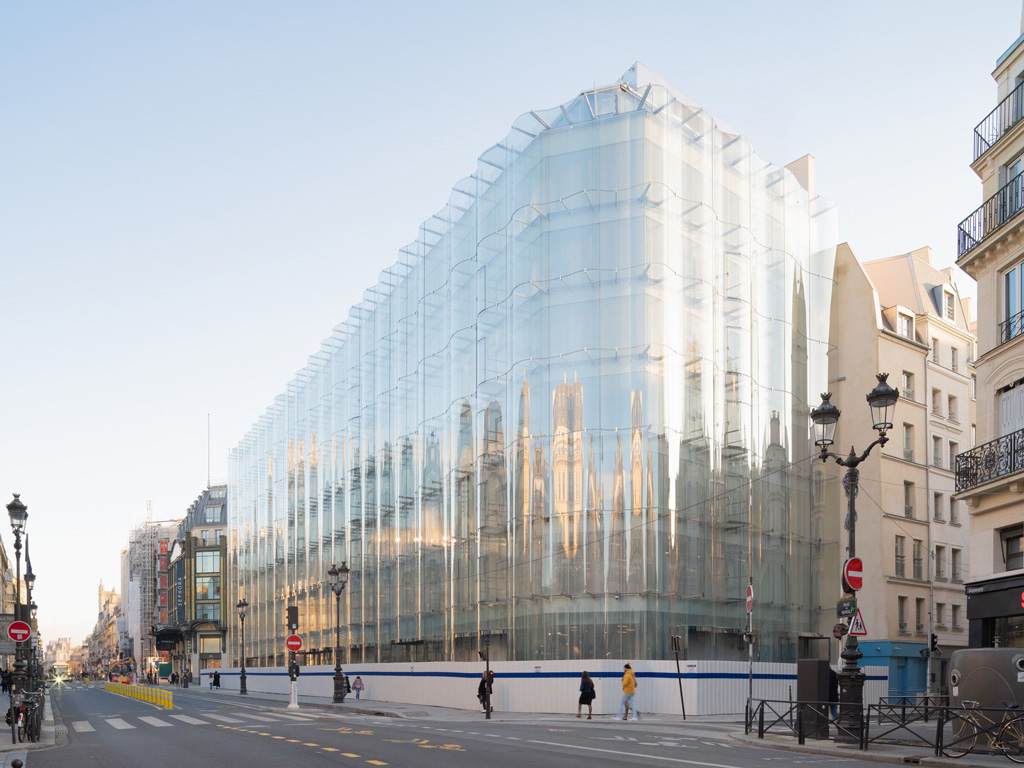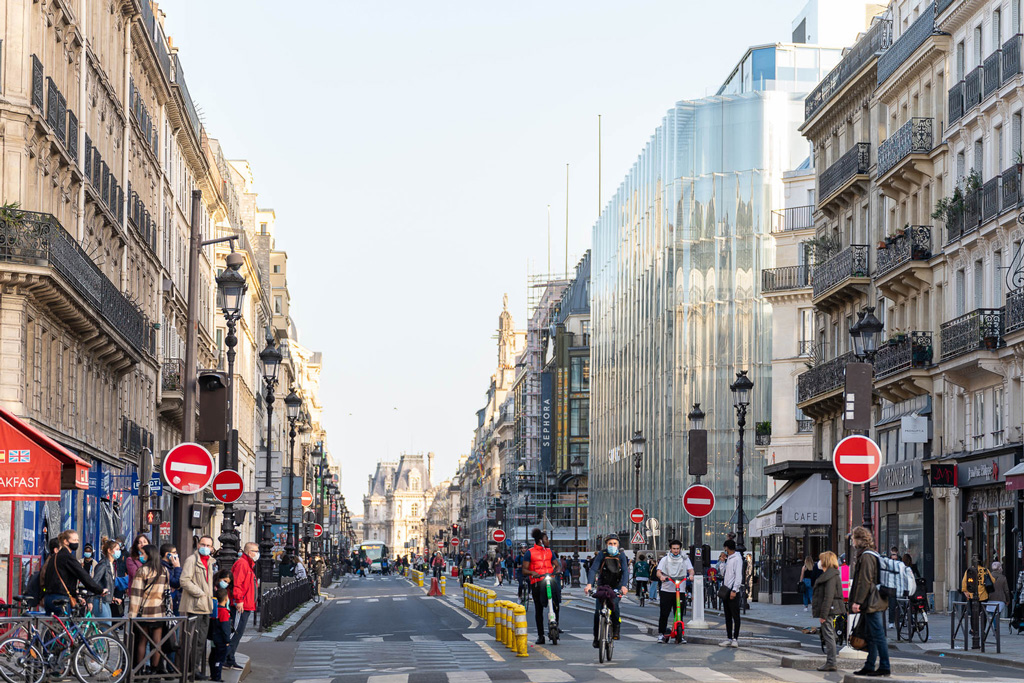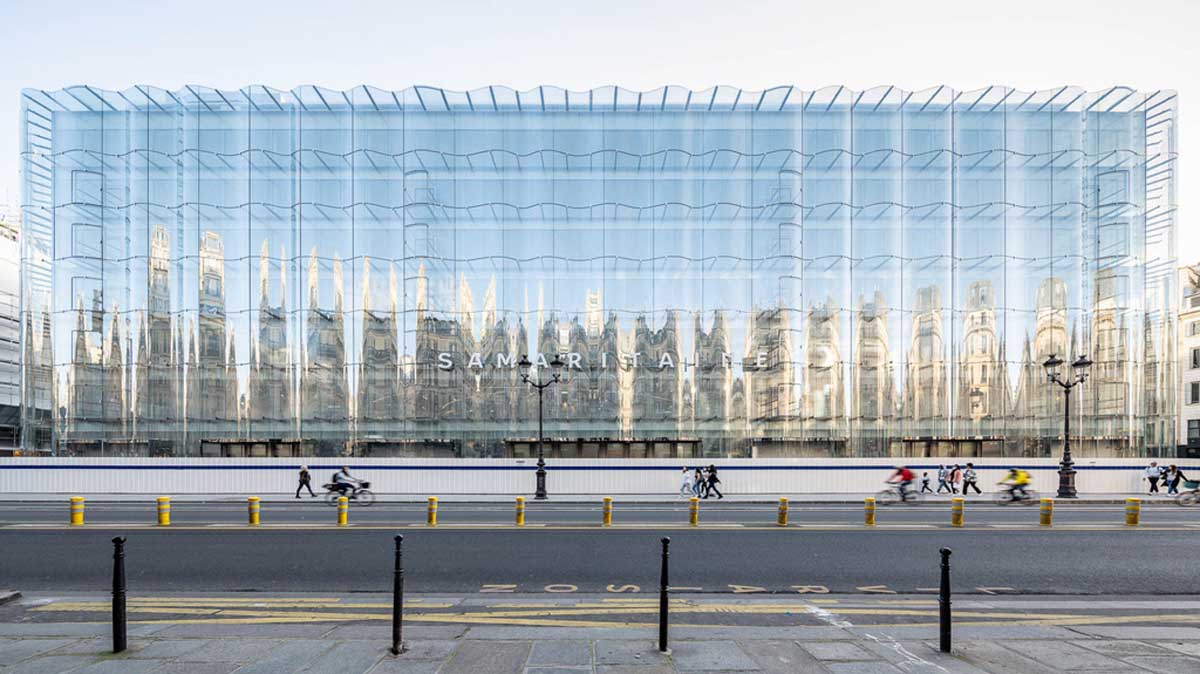SANAA’s Redevelopment of La Samaritaine hasn’t been without controversy. Once a ground-breaking department store, La Samaritaine was closed in 2005 for renovation and now, after a decade in the making, it’s dramatic redesign is now set to open its doors to the public.
Founded in 1870, La Samaritaine is an icon of Paris, and the emergence of the department store – a new architectural typology that would revolutionise retail worldwide.
Starting as a small shop, La Samaritaine expanded into series of adjacent buildings until it occupied two urban blocks at one end of Pont Neuf, the resulting buildings style emblematic of the Second Empire, with an interplay of Art Nouveau and Art Deco elements.
However, the department store was closed in 2005 due to building safety reasons, and the redevelopment was assigned to SANAA, for extensive remodelling of the early 20th century buildings and a reinvention of the retail space. Aside from the retail area, the project includes the creation of a 5-star hotel, 96 social housing units, offices and a nursery.

The design faced a series of challenges as work was halted several times due to court rulings, resulting from strong opposition from several heritage groups.
The department store will feature a remodelled retail area, distributed across three floors along a central circulation axis connecting buildings at both ends of the site.
On Rue Rivoli, a new, wavy, glass façade offers a contemporary architectural gesture to mark the rebirth of the Samaritaine that is, in fact, a continuation of the avant-garde that characterised the work of the original architects, Frantz Jourdain and Henri Sauvage.
SANAA architects Kazuyo Sejima and Ryue Nishizawa describe this design feature as a negotiation with the building’s monumental scale and the strong border of the Rue Rivoli. The double-skin façade reflects the ornaments of the surrounding architecture and brings about a movement that invites the attention of the public.

An important part of the project was the restoration of the iconic Art Nouveau elements of the façade and its coloured enamel tiles, together with the grand staircase and the glass skylight of the department store’s atrium.
In addition, the 17th-century apartment block on the Rivoli section is being refurbished into social housing by architect François Brugel, while Edouard François was in charge of transforming the building on the Seine riverside into a hotel.

